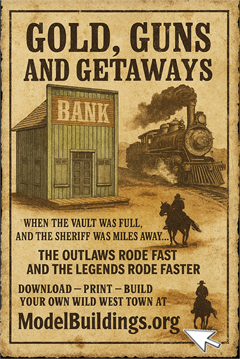Everything on model trains, model railroads, model railways, locomotives, model train layouts, scenery, wiring, DCC and more. Enjoy the world's best hobby... model railroading!
How Many Boosters Do I need?
Kenneth writes:
“I am building a DCC layout 5 metres by 3 metres around the room layout with an electric lift bridge at one end for access to the room. The layout will consist of the main station (up and down line) and adjacent branch line station and in this general area will be a wheat silo branch, works and way branch and a goods/cattle branch all interconnected.
The branch line runs to a terminating station with an adjacent fuel depot. Off the up and down lines on the opposite side of the layout will be two fiddle yards, with one off each of the up and down lines. Off the back of one of the fiddle yards is a line to a turntable and loco house.
I wish to break up the layout into power districts for short management control etc. The districts will be up line down line, wheat solo branch, goods/cattle-yard/works and way yards, branch line station and fuel depot, turntable, the electric lift bridge and the up and down fiddle yards. Each power district will be isolated from the other by insulated rail joiners on both rails and will be powered through an electronic short management device and powered by separated sub buses off the main bus line. I only propose operating two maybe three DCC sound-equipped locos at a time. I am using an NCE Power Cab. Do I need a booster for each power district?”
4 Responses to How Many Boosters Do I need?
Leave a Reply















The size of the layout doesn’t matter, it’s the number of locos that will be on the go at the same time that matters. The rule of thumb is 0.5 amps for an ho loco and 0.25 for n scale. The power cab has 2 amps so it will do your three locos ok.
Thank you for the advice. I was not looking forward to having a booster to each district.
Additional – having said size doesn’t matter, the size of the wire does! Judging by the amount of planning you have done, I am assuming you have found out that main bus wires should be AWG 14 or 12, while feeders can be 18 to 22 – but feeders in this gauge should quite short, say 18 inches maximum.
Thanks Geoff for the advice on wire size. I propose running the droppers in each district to a terminal block then connecting the terminal block to the main bus via sub bus and short detection device.